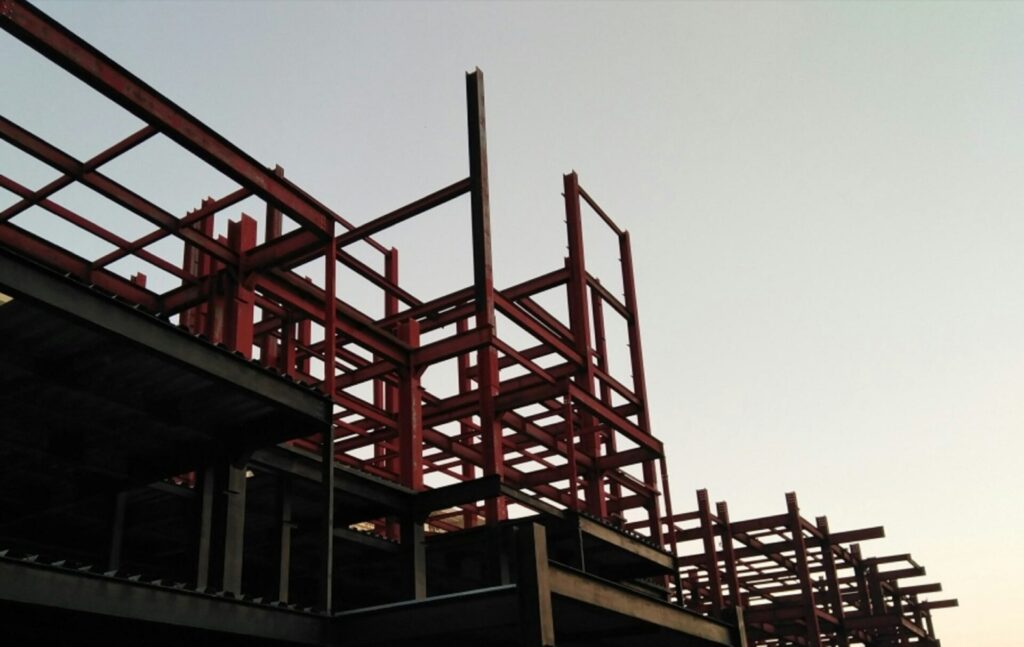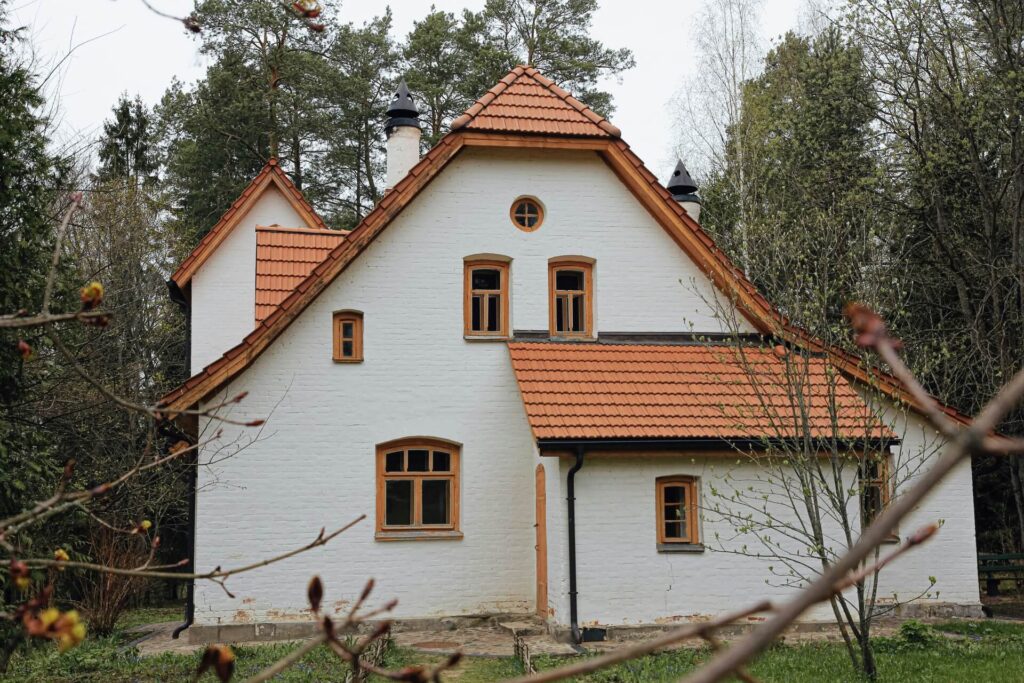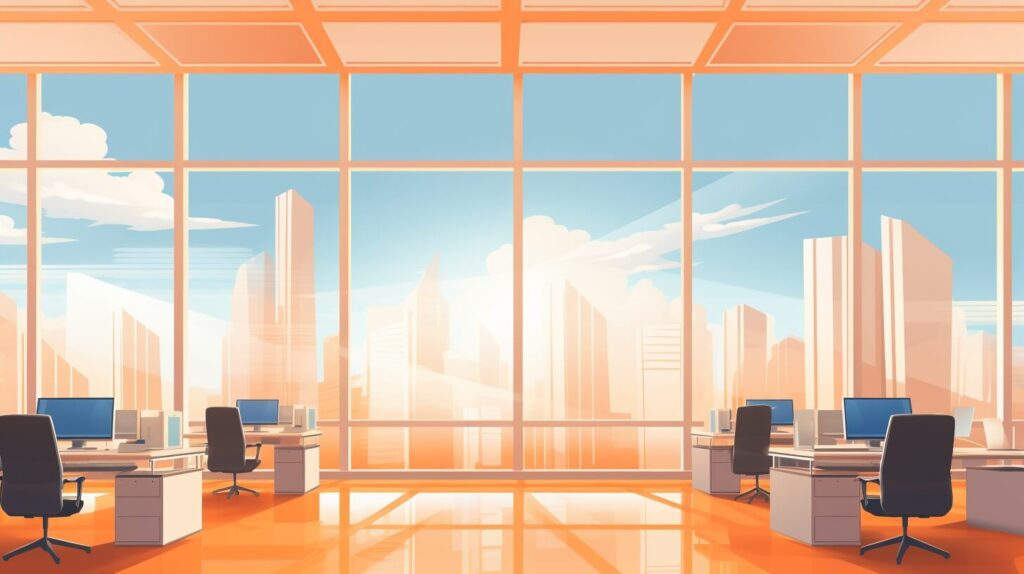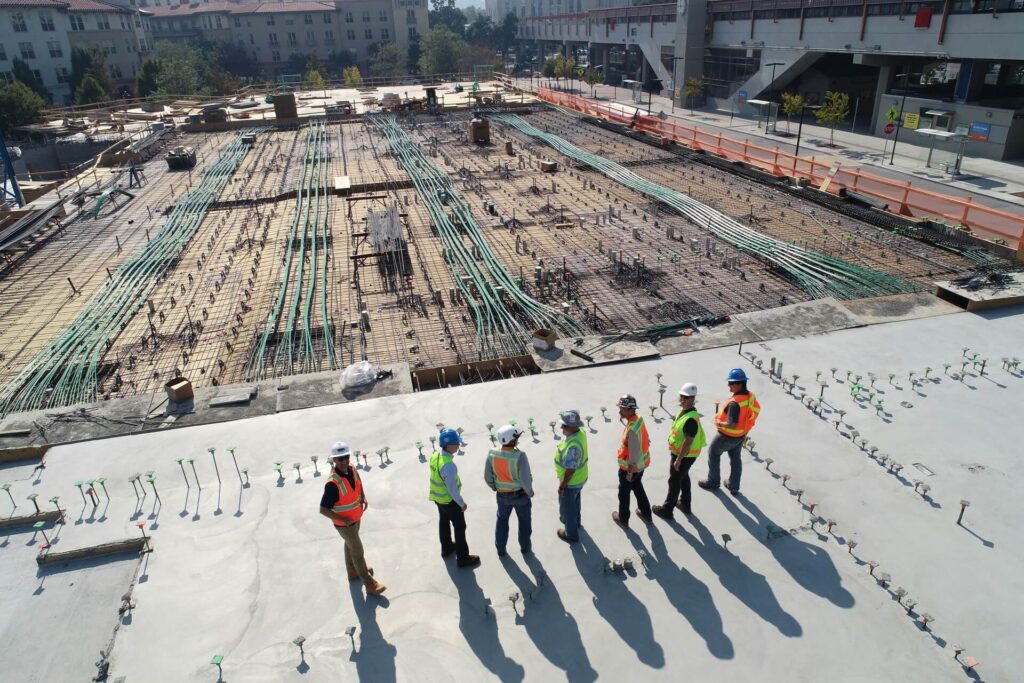Roofing Safety: Creating a Safety Culture for Your Employees

We are reader-supported. When you buy through links on our site, we may earn an affiliate commission.
A safety culture is an environment that reflects all workers’ attitudes, perceptions and behaviors, no matter their role. Creating one is vital to the success of any company, as it ensures all staff are protected and considered. Implementing safety measures and procedures in high-risk industries like roofing could save employees from dangerous outcomes. To improve processes and standards within your business, follow these steps.
Properly Train Employees
Employee training is vital in roofing, as workers face a high risk for falls and accidents. In 2023, fall protection was the leading OSHA citation, highlighting a critical need for improvement. Following OSHA guidelines and running routine training programs and tests can help protect your coworkers from dangerous outcomes.
What Training Is Required for Roofing Safety?
Many aspects of training are essential to roofing safety, from equipment usage to jobsite security and everything in between. One of the most crucial areas of training is fall protection. In 2022, falls caused over 38% of deaths on construction sites, with improper training as a contributing factor.
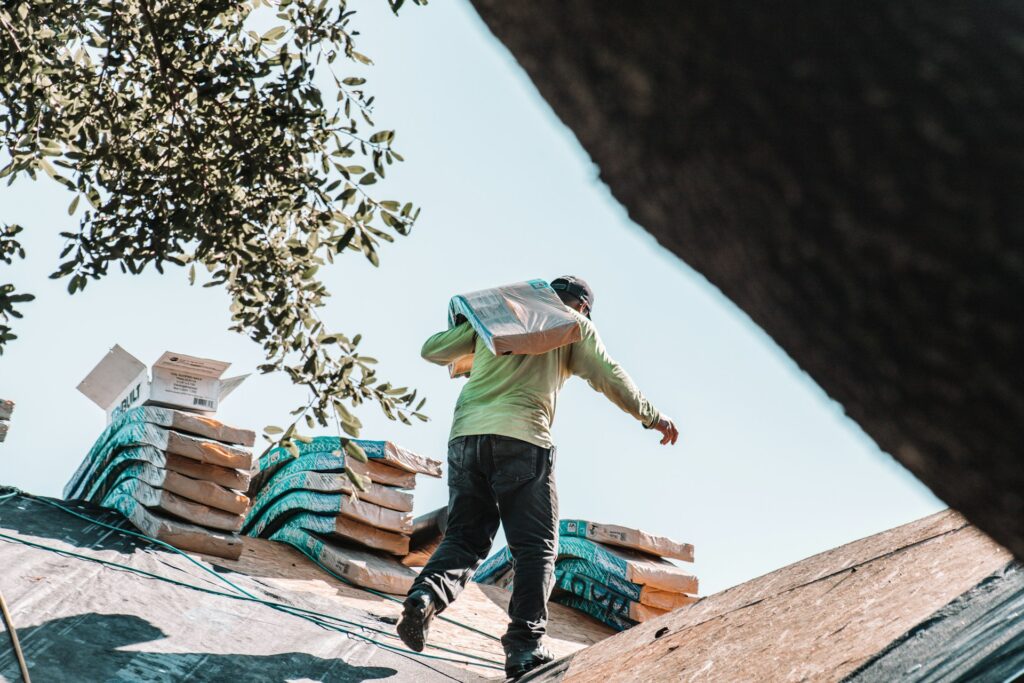
To help reduce this number and encourage jobsite safety, follow OSHA’s fall protection training requirements, which require you to train employees in the following areas:
- Nature of fall hazards in the work area
- Correct procedures for the fall protection systems to be used
- Use and operation of guardrail systems, personal fall arrest systems and other protection
- Role of employees in the safety monitoring system
- Limitations on the use of mechanical equipment
- Correct procedures for the handling and storage of equipment and materials
- Role of employees in fall protection plans
Utilize Technology
With artificial intelligence (AI) on the rise, you can replace outdated systems and experiment with various new technologies to improve safety and find solutions. Some tech used in the roofing sector include:
- Surveillance: AI-powered surveillance systems can offer advanced coverage of your construction project, tracking and monitoring all motion and activity from start to finish. Using real time data, AI provides immediate alerts for fall detection, security issues and other roofing hazards.
- Wearable technology: With the addition of AI, wearables have become more intelligent and reliable. Contractors can use smartwatches and smart glasses to monitor, adjust and provide feedback on their surroundings. AI-powered clothing like safety vests and smart helmets have built-in sensors, giving real time alerts for improved roofing safety and performance.
- Data analytics: AI technology collects and analyzes real time data to help you make informed safety decisions. AI can detect risk factors, monitor environmental factors affecting your roof, formulate preventive strategies and more.
- Augmented reality (AR): AR applies digital visuals to what you see to enhance your roofing process. There are many examples of AR for project visualization, including interactive 3D models and mobile applications that can connect to your device, ensuring accurate updates and advanced planning potential.
Conduct Risk Assessments
To ensure roofing safety, brands should complete proper risk assessments before projects. Identifying hazards and evaluating risks can save people from harm later in the process. Avoid rushing through assessment steps by utilizing OSHA’s fall protection checklist and consider hiring a certified safety professional.
Promote Mental Health
Mental health struggles impact teams in every industry — including construction. In 2020, 83% of construction workers reported a mental health struggle, shining a light on a clearly neglected area in the industry. To keep your workers on top of their health, run routine check-ins and encourage breaks, conversations, and strategies for dealing with struggles on- and off-site.
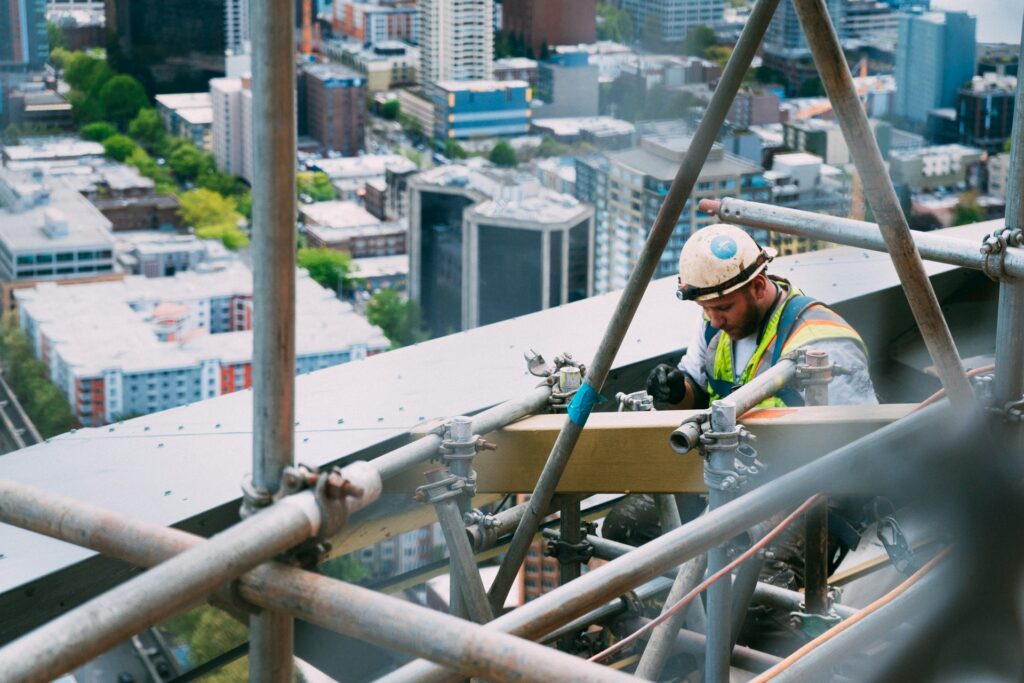
Provide and Mandate Safety Tools
To ensure your staff’s safety, ensure they’re using the right tools and working with proper protection equipment. All employees should use a personal fall arrest system for their safety, which can include:
- Safety harness: Safety harnesses for roofing hold workers upright, ensuring the fall force spreads across their bodies. They can prevent people from reaching a roof’s edge or hitting the ground in the event of a fall.
- Safety anchor: A roofing safety anchor secures the user to their fall protection system. It can attach to the roof’s rafters, ridge beams or trusses to prevent falls during roof work.
- Safety rails: Roofing safety rails — also known as guardrails — create a safety zone around the edges of your roof, providing your teams with a barrier. They can reduce human errors and safety threats by aiding fall protection and acting as something to grab onto.
- Safety mesh: Roofing safety mesh acts as a barrier between the roof and the ground, preventing crews from falling through the roof during construction. It’s made of wire mesh that can withstand weather and fall force.
Why Is a Safety Culture Important in Roofing?
Developing a safety culture is crucial for organizations sector-wide. If you prioritize the safety and well-being of your employees, you can set your company up for success.
Improve Productivity
Human nature responds positively to care and commitment. Putting your employees first can directly impact their sense of trust and fulfillment, motivating them to do their best work.
Protect Employees
In an occupation as high-risk as roofing, safety must be number one on your list of priorities. Creating a safety culture ensures all workers get the right tools and systems, allowing them to do their jobs safely.
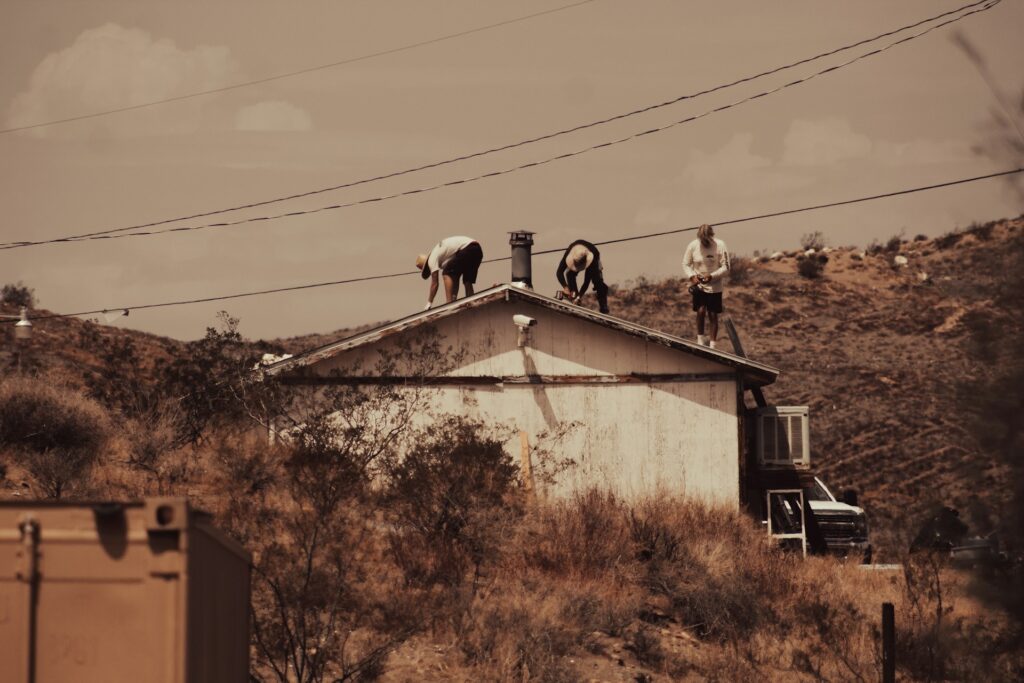
Impact Communication
A strong safety culture involves effective communication across the enterprise. From workers to bosses, it allows everyone to share messages, alerts and updates so that functions can run smoothly — and safely.
Enhance Reputation and Brand Loyalty
A commitment to safety shows a business cares about its employees’ health and well-being beyond if they can come into work. It creates a sense that their employer sees them as people rather than numbers on a roster. Doing so can draw a sense of trust and respect from employees and clients, improving your reputation and connection.
Prioritize Safe Practices for Roofing Success
Your crew deserves to work in an atmosphere that prioritizes all aspects of their health. To help keep them safe during each roofing phase, develop a safety culture using resources and strategies that put them first. Following such a practice not only saves you from OSHA fines — it can improve your staff’s loyalty and the company’s reputation.

